Whenever one thinks of an Aston Martin, the James Bond’s iconic DB5 or its sleek, powerful luxury tourer comes to mind. But the smallest Aston Martin was actually a micro Toyota inside. It was an unexpected model from Aston Martin, which is synonymous with big, powerful, and luxurious sports cars. So the smallest Aston Martin ever was not a British creation but was in fact a rebadged Toyota. It was the Aston Martin Cygnet, a Toyota iQ deep inside.

The birth of the smallest Aston Martin
During the early 2000s, the European Union had set some strict CO₂ emission targets for automakers, which were calculated as an entire fleet average. Aston Martin, whose cars mostly had the powerful V8 and V12 engines, was finding it extremely hard to comply with the regulations. It had to somehow urgently get a fuel-efficient car to balance out its lineup. So instead of developing a totally new model, which would have been both costly and time-consuming, it made an innovative move of tying up with Toyota. As a result, the Aston Martin Cygnet was introduced in 2011 and was basically a re-packaged Toyota iQ.
Aston Martin’s aim was to sell good enough numbers of low-emission Cygnet models so as to compensate for its other gas-guzzling models and thereby complying with the emission regulations.
The Toyota iQ was first launched in 2008 as a compact, reliable and extremely efficient city car with an engine size starting from 1.0 L producing just 67 HP. It was under 3 meters long and weighed just 860 kg. Offering Toyota’s reliable quality and efficiency, it was seen by Aston Martin as a quick fix solution to the emission regulations.

From Toyota to Aston Martin
The Aston Martin Cygnet was priced at GBP 30,000 in UK, almost three times the regular Toyota iQ. To justify its extra price, Aston Martin revised both its exterior and interior but retained its 1.3 L, 97 HP engine. Externally, the Cygnet got Aston Martin’s signature grille, distinctive bonnet meshes, authentic zinc side-strakes, and reworked lights. The interior was replaced with hand-stitched leather and premium materials.


However, mechanically the Cygnet remained largely unchanged. It had a 1.3 L, inline-four engine producing a mere 97 HP. The Cygnet featured a top speed of around 106 mph and an acceleration of 0-60 mph in 11.6 seconds. A performance not expected from an Aston Martin.
Aston Martin marketed it as a luxury solution to urban mobility in an ultra-compact packaging with low-emission engine technology. Despite its small size, it still had usable rear seats and able to accommodate four passengers. With bespoke luxury options, it was seen as elegant and distinctive while still being individual and practical.

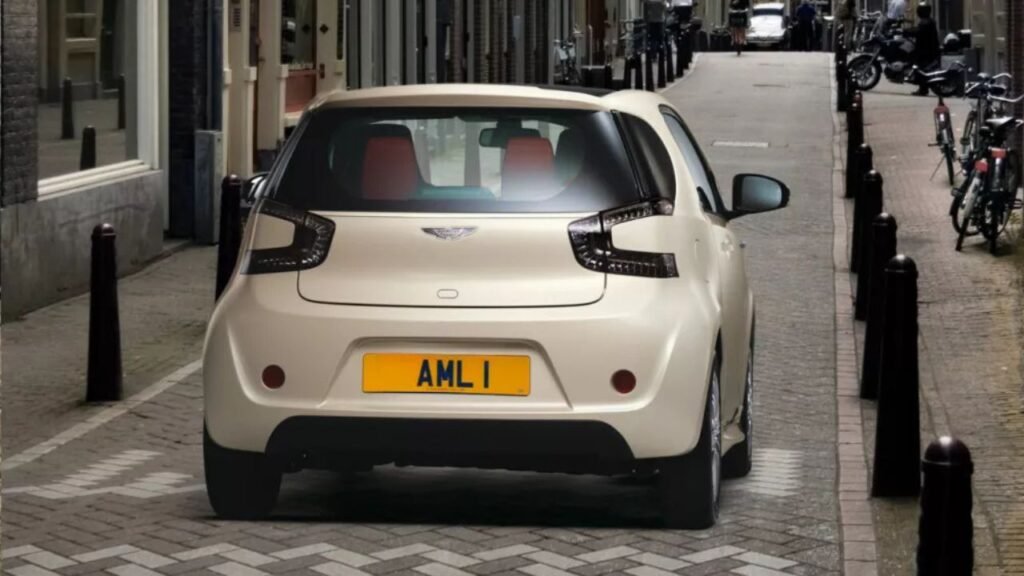
The Aston Martin Cygnet life cycle.
The Cygnet’s production run was brief, lasting just two years from 2011 to 2013. Although Aston Martin had planned to sell 4,000 units per year, the demand never reached this level. Only 600 units were sold during this period and Aston Martin finally discontinued the Cygnet.
There were many reasons for its poor showing. One could have been its high price tag, three times the original Toyota iQ. The Cygnet just didn’t seem to justify its price. Even with bespoke detailing and exclusivity, it could not resonate with most the Aston Martin buyers. More so, it could not set in to the image of Aston Martin, and for many, it was simply a dilution of the Aston Martin brand. While some did find it as offering a good brand prestige value.
Ironically, the Cygnet has since become a collector’s item, as only a few units were ever sold. Today the well-kept examples command much more than their original price tags.
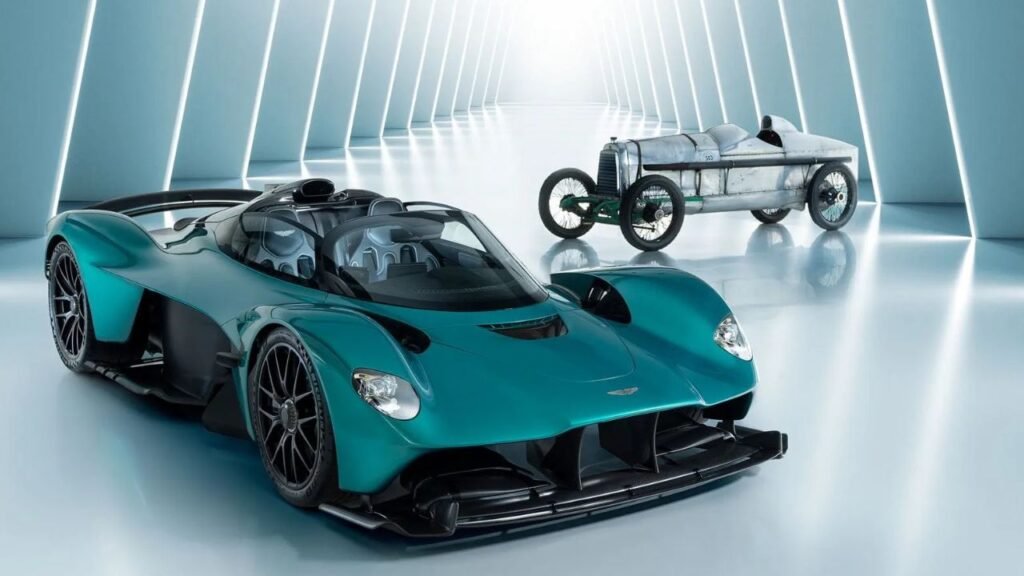
You may also like :-
Aston Martin History has 17 Amazing Fun Facts you should Definitely Know
22 March 2025
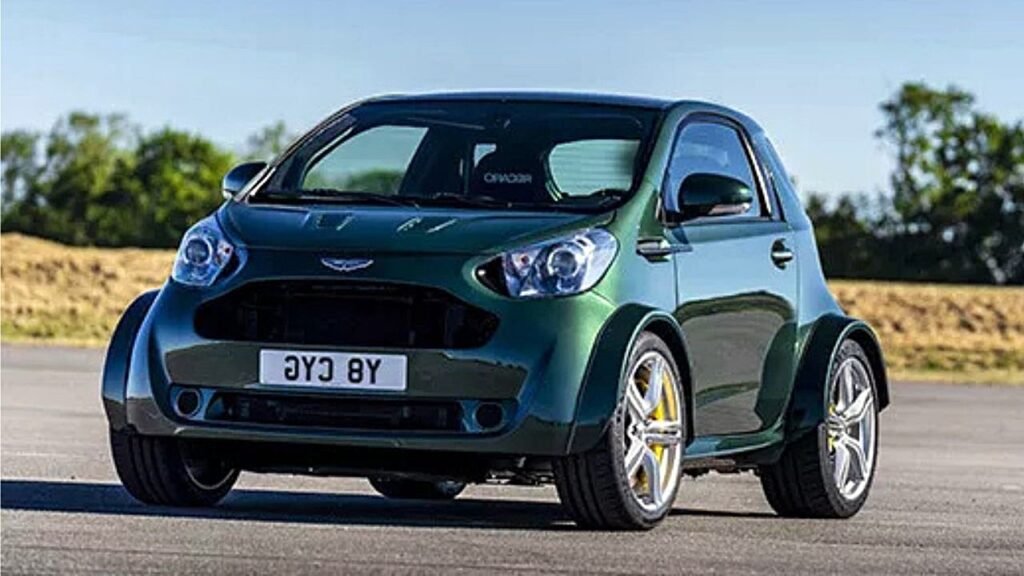
A one-of-a-kind cygnet beast.
In 2018, Aston Martin released a one-off Cygnet with a 4.7-liter, 430 HP V8 engine for one single customer. It uses the engine, transmission, and suspension of an Aston Martin Vantage S. Necessary modifications were then done on the body to adapt to the new mechanics and performance.
Weighing just 1,375 kg and having a power-to-weight ratio of 313 bhp/ton, the V8 Cygnet could accelerate faster than the V8 Vantage S, with 0-60mph taking just 4.2 seconds. It also had a top speed of 170mph. This pocket rocket is definitely a “wolf in sheep’s clothing.”
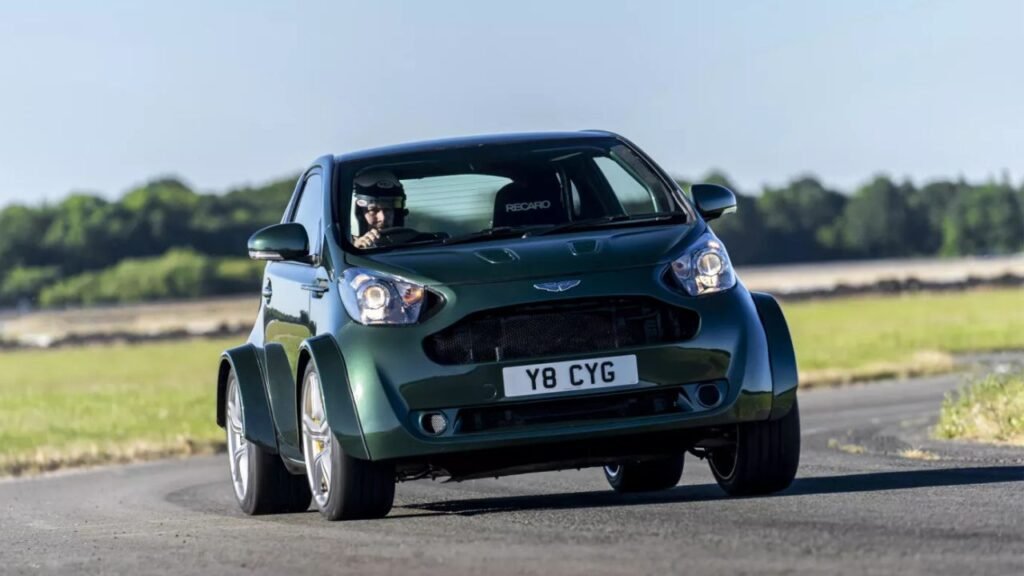
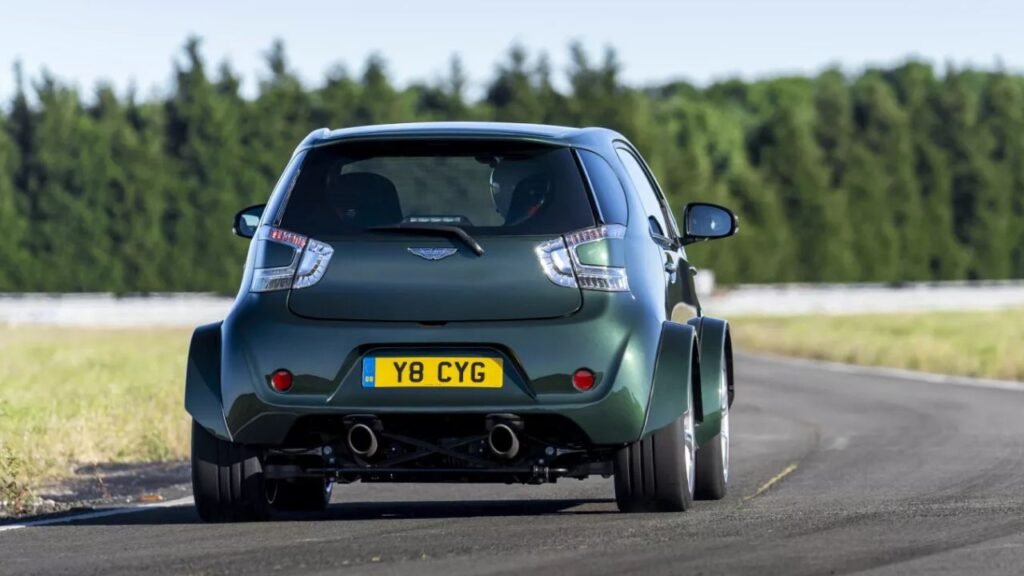
“The V8 Cygnet shows the fun side of both Aston Martin and its customers. It is also a fine example of the engineering talent within the company, as it’s no small achievement to fit the Vantage’s V8 engine so harmoniously into the Cygnet’s compact body. I am sure that it will amaze and thrill people when they see and hear about it.” David King, Ex-Aston Martin Vice President & Special Operations Officer.
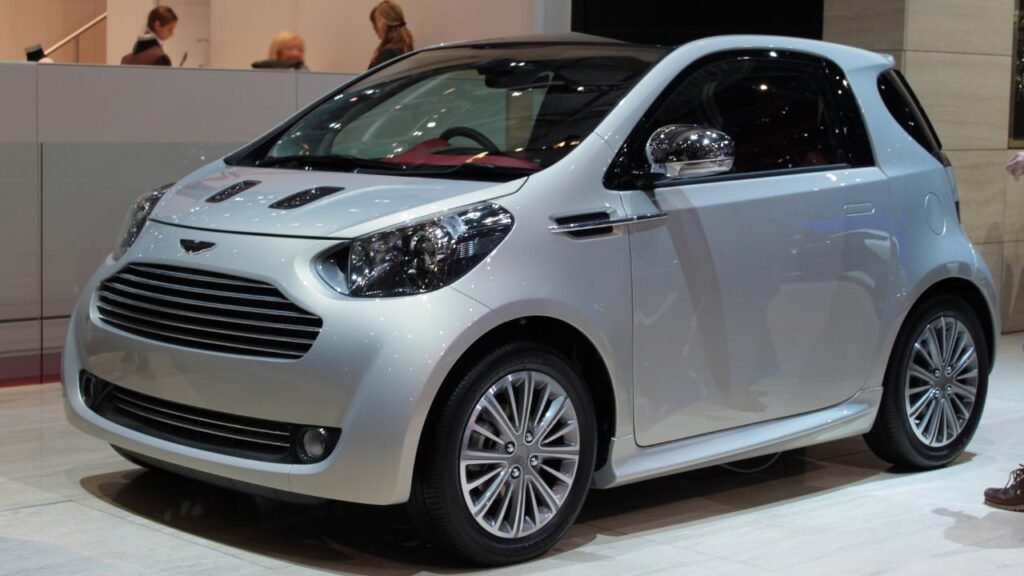
The smallest Aston Martin : Story in short
Even though the smallest Aston Martin was in fact a Toyota underneath, it has been able to create its own legacy. Being an ultra-compact vehicle with an efficient small engine, it was totally unlike Aston Martin’s powerful performance cars. Even after featuring a luxurious bespoke interior, it never resonated with Aston Martin buyers, and only 600 units were ever sold. Critics found it to be not matching with Aston Martin’s legendary image of producing sleek-looking, powerful, performance luxury sports cars and even as a dilution of the Aston Martin brand.
It also shows how manufacturers try to navigate through regulatory landscapes. And even prestigious brands aren’t immune to compromises.
While the smallest Aston Martin may not have been a commercial success, it still remains a fascinating milestone in Aston Martin’s history. A fascinating reminder of how even the most established brands sometimes need to adapt to survive. Now the Cygnet stands as a very unique Aston Martin, which is not only the smallest Aston Martin but also the least powerful and the cheapest Aston Martin ever made. As only a few were sold, they now make an expensive collector’s car.
In the end, the cheapest, least powerful and the smallest Aston Martin ever wasn’t just a Toyota in disguise, rather also a bold and polarizing experiment between luxury and utility. An intriguing chapter in Aston Martin’s remarkable legacy.

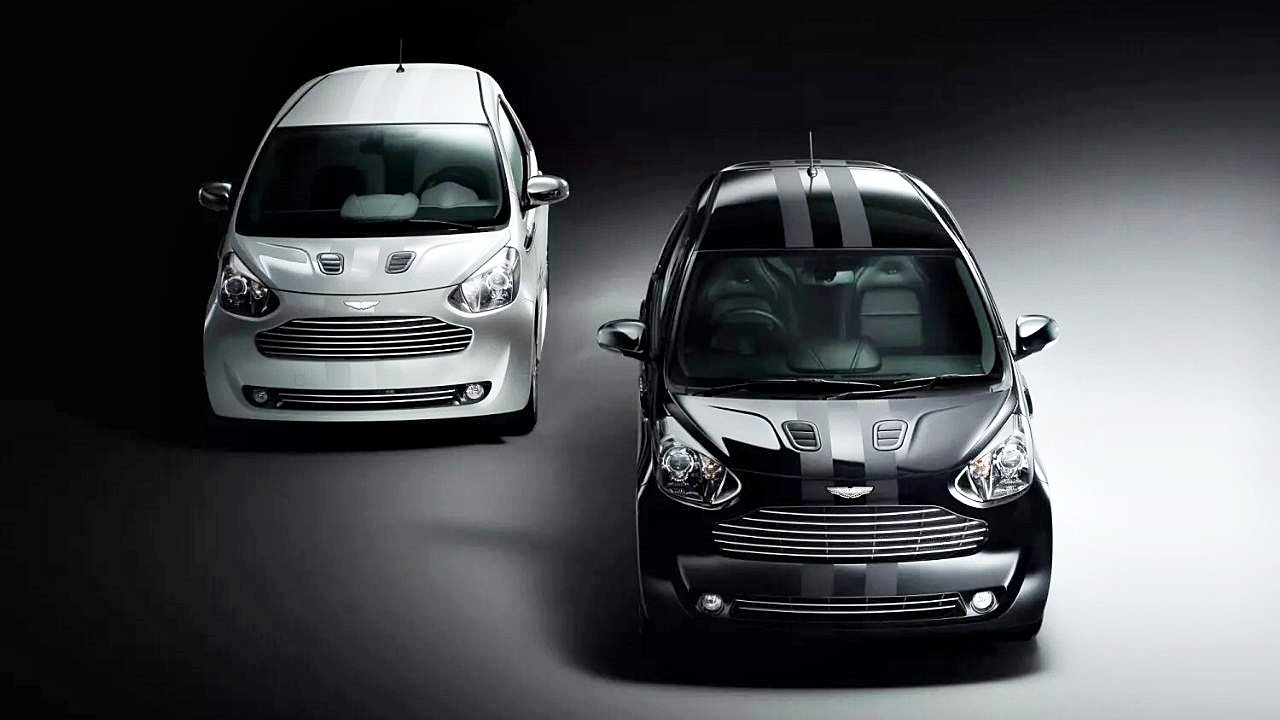



I enjoy examining and I conceive this website got some genuinely utilitarian stuff on it! .